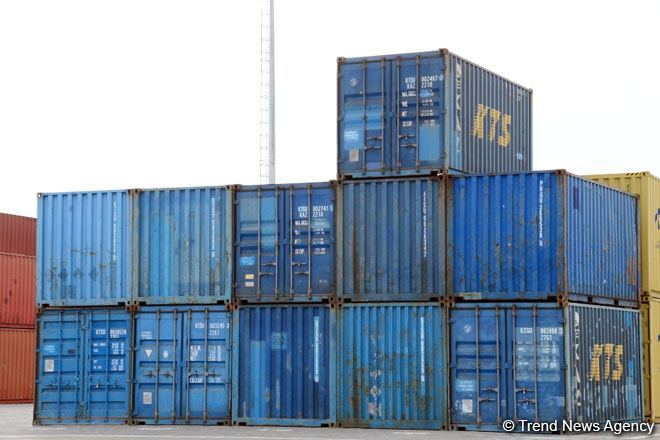BAKU, Azerbaijan, Feb. 16
By Nargiz Sadikhova - Trend:
The COVID-19 pandemic seriously affected Kazakhstan’s economy and the impact was transmitted through both supply and demand sides, the ‘Study of the COVID-19 Impact on the Economy of Kazakhstan’ reports of Asian Development Bank (ADB) said, Trend reports citing the ADB.
The largest decline in growth rates occurs in exports and real GDP. Household spending has grown at a slower pace than in 2019.
“In terms of aggregate supply, economic contraction due to the COVID-19 pandemic restrictions were observed in wholesale and retail trades, car and motorcycle repairs, mining, and transportation and warehousing. The manufacturing sector experienced substantial pressure due to the pandemic, although the industry's production value index remains positive,” the report said.
The construction and agriculture sectors were the main economic drivers from the production side. Long-standing and renewed state support programs offset the initial COVID-19 impact and provided strong growth impetus.
The COVID-19 pandemic affected economic sectors through various channels. For instance, mining industry output declined due to the global oil demand contraction, while the trade and transportation sectors were negatively impacted by local restrictions and quarantine measures aimed to contain the spread of the virus.
On the demand side, the econometric model assessed three scenarios to estimate COVID-19 impact in 2020 and forecasts for 2021.
Scenario 1 assumes a counterfactual reality of no COVID-19;
Scenario 2 looks at the COVID-19 impact with government support measures, and
Scenario 3 estimates economic impact without government support measures.
Scenario 1: Real GDP, exports, imports, household expenditures, and real incomes grow, but the growth rate in many instances is lower than in 2019. There is slower growth in exports, imports, household expenditures on final consumption, and real incomes. Nevertheless, the annual GDP growth rate is higher than in 2019 and further accelerates in 2021 due to a smaller denominator, i.e., a deflator.
Scenario 2: Real GDP contracts by 3.1 percent in 2020 and rebounds at 4.6% the next year. The sharpest decline of 27.5 percent occurs in exports, while imports also decline, but at a slower pace. Real incomes of the population remain stagnant, while expenses grow by 1.5 percent. In 2021, economic growth rebounds at 4.6 percent supported by exports recovering by 5.7 percent. Real incomes of the population grow by 3.4 percent, while consumption increases by 3.9 percent compared to 2020.
Scenario 3: Absence of government support, leads to substantial real GDP contraction of 4.6 percent in 2020, which is 1.5 percent lower than in Scenario 2. Real exports, imports, and incomes of the population fall. Similarly, the sharpest decline by 28 percent is in real exports. In 2021, economic growth resumes at 3.7 percent of GDP, which is lower than in Scenario 2. This indirectly indicates the effect of the state support measures driving post-COVID-19 recovery.
In all three scenarios, the economy will grow in 2021 for different reasons. In Scenario 1, a stable macroeconomic situation and exchange rate ease inflationary pressure making growth an artifact of a diminishing denominator.
"However, when looking at the two COVID-19 impact scenarios (with and without state support measures), we observe that support measures stabilize the economy in 2020 by preventing deeper contraction and produce an impulse for a quicker rebound. However, in our analysis we omit any discussion about growing government debt and declining National Fund Reserves used to pay for the state support measures when tax revenues declined," said the report.
---
Follow the author on Twitter: @nargiz_sadikh






